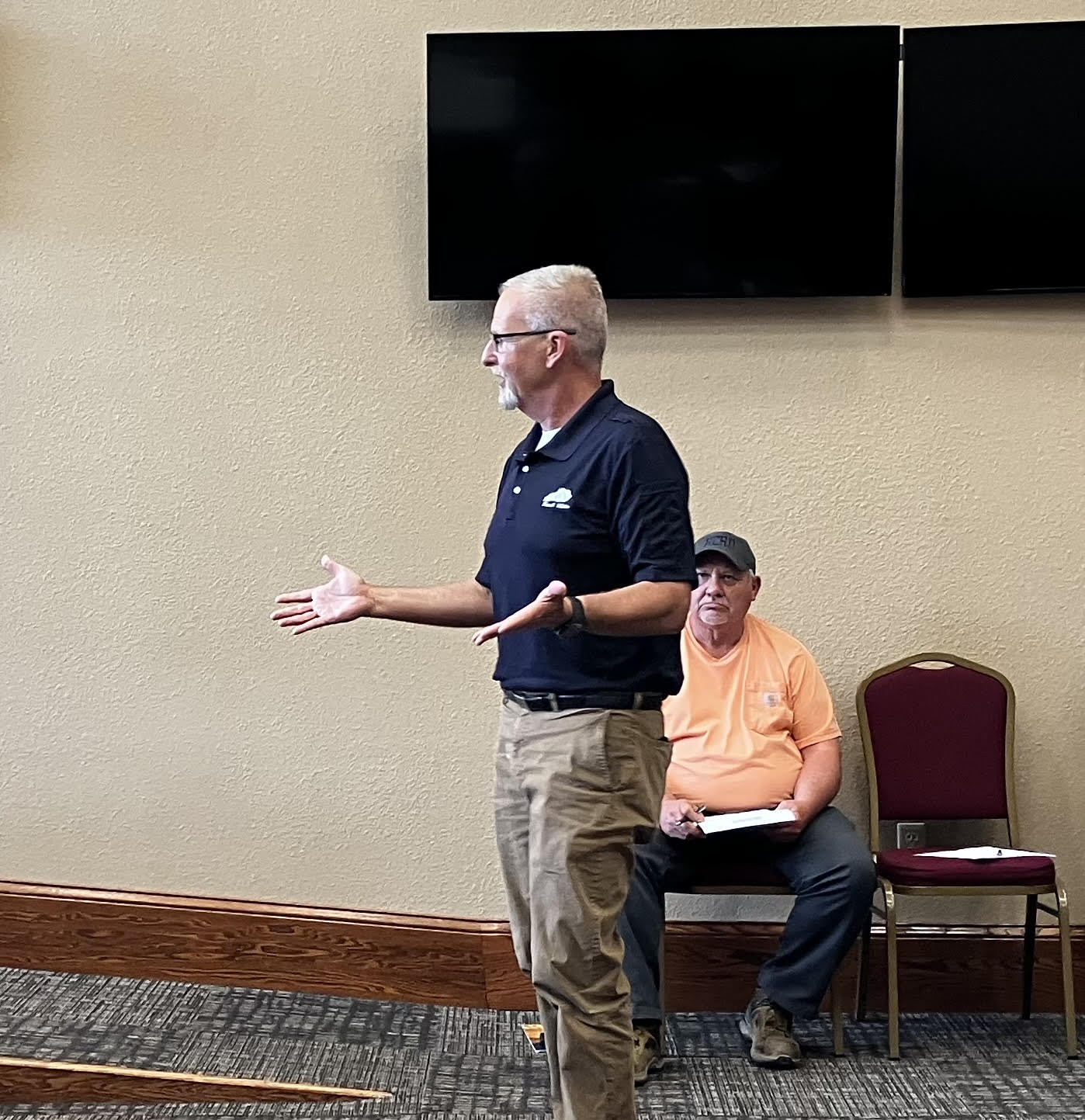Roark: The fun of Doodlebugs
Published 4:40 pm Monday, June 10, 2024

- Steve Roark
|
Getting your Trinity Audio player ready...
|
By Steve Roark
Columnist
My Uncle (Cas Newton Day) remained a kid at heart to his last days. I loved him for it, for I think (and hope) a little of it rubbed off on me. To illustrate, he and I, both grown adults, were helping hang tobacco in a barn that had very dusty soil in front of the doors. We noticed funnel-shaped indentations in the soil and asked what they were. He proceeded to get down on his hands and knees, put his mouth near one of the indentions and yelled “Doooodlebug, doodlebug, house on fire!” After I got over my fit of laughter, he smugly pointed to the hole, and upon close inspection, I saw that a small bug had surfaced at the bottom of the hole and was squirming around fit to bust. He had called up what I now know was an Antlion, but to generations of youth before me, were referred to as Doodlebugs, and it was a common fun activity to yell at them in this manner so that the sound vibrations would disturb them and make them surface from their lair.
Antlions (Myrmeleon immaculatus) are insects that, as adults, look like a damselfly, with four veiny, transparent wings and a long, skinny body. The larval stage of the creature is what kids had fun with, looking like small gray-brown ovals with a head that has big pincer-like jaws. They dig the funnel-shaped pit in loose, fine dirt and lie in wait at the bottom, covered with dust. Small insects, especially ants, enter the pit unawares and slip and slide on the very loose surface towards the bottom. The Antlion may encourage their tumble by throwing dirt at them. Once the ant gets to the bottom of the pit, it gets grabbed and held by those big pincers, and it’s done for. The jaws are hollow like syringes and the prey’s body juices are sucked out though them.
The life of an Antlion goes like this. After one to three years, the doodlebug larvae weave a globular sand-covered silk cocoon about the size of a pea. Through the miracle of metamorphosis, they emerge as winged adults who fly around seeking a mate. Mating is an aerobatic affair where the female hangs from a branch while the male attaches his rear abdomen to hers and hangs suspended below her. Mating takes around 2 hours, after which the exhausted male leaves. After a while, the female inserts her abdomen in some appropriate loose, warm dirt and lays around 20 eggs. Adults live around 25 days and don’t eat. The larvae hatch out, dig pits, and life goes on. Ironically, because adults often emerge and lay eggs in the sand near active larvae pits, they may occasionally be captured and eaten by their younger relatives.
Doodlebugs dig these funnel shaped holes and lie in wait at the bottom for ants to fall into. (Photo by Steve Roark)





